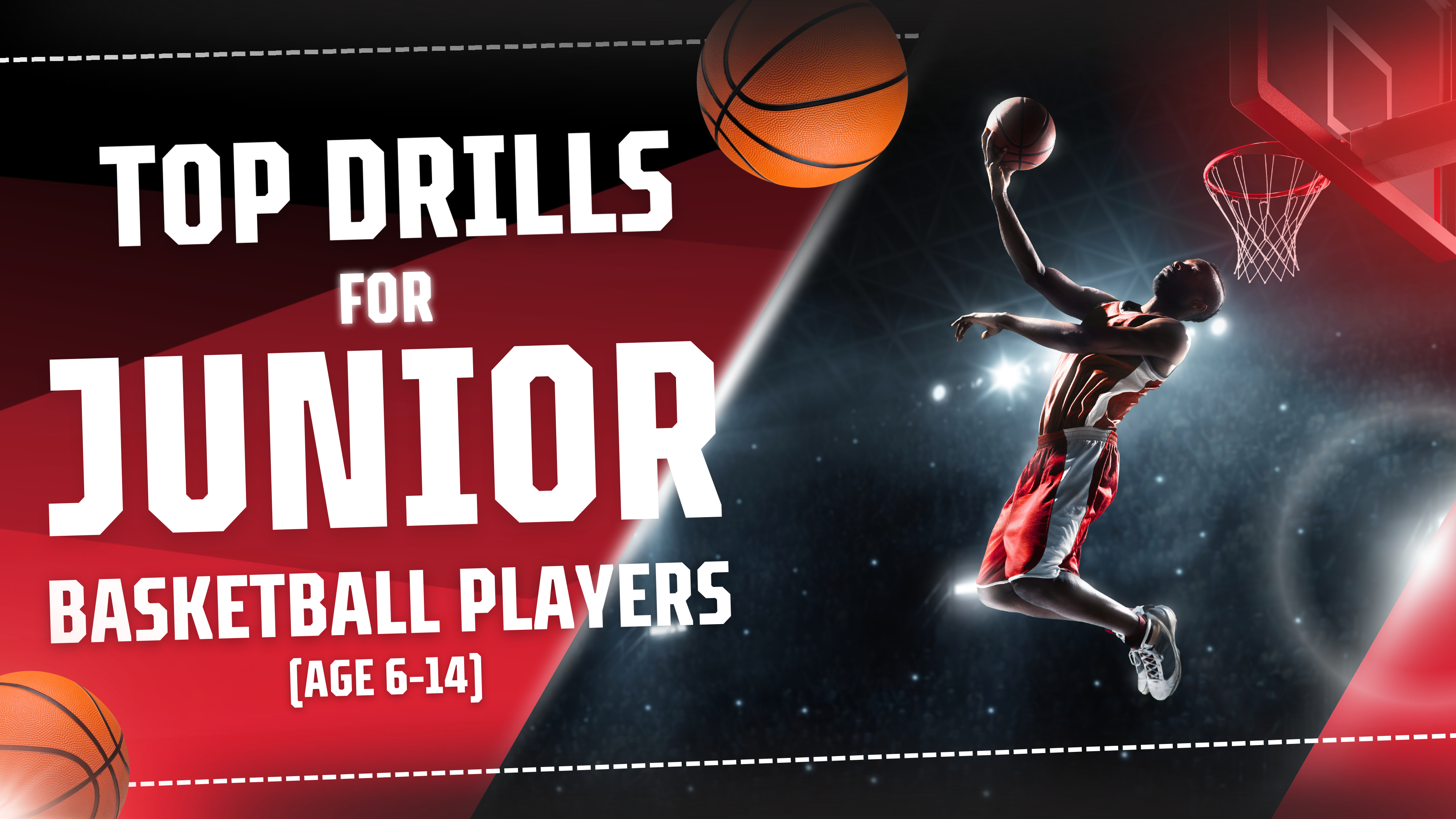Basketball is one of the best sports for children, combining physical fitness with teamwork, discipline, and confidence. For kids between ages 6–14, learning the fundamentals through fun and structured drills is the key to building a strong basketball foundation. Whether your child dreams of becoming a professional athlete or simply enjoys playing for fun, regular basketball drills for kids are essential for developing core skills like dribbling, passing, shooting, and defense.
In this blog, we’ll share some of the best youth basketball practice drills designed for junior players that make training both effective and enjoyable.
Why Drills Matter in Youth Basketball
Basketball isn’t only about scoring points; it’s about building skills step by step. Drills help children:
-
Develop muscle memory for essential movements
-
Improve coordination, speed, and agility
-
Build confidence in their abilities
-
Learn teamwork and discipline
-
Stay engaged with structured, fun activities
By practicing drills regularly, young players create a strong base that helps them succeed at higher levels of the game.
1. Dribbling Drills for Kids
Cone Dribble Challenge
-
Set up 5–6 cones in a straight line.
-
Have kids dribble the ball around the cones without losing control.
-
Focus on using both left and right hands.
👉 Benefit: Builds ball control, agility, and ambidexterity.
Stationary Dribble
-
Ask kids to dribble in place at different speeds.
-
Encourage them to keep their eyes up instead of looking at the ball.
👉 Benefit: Improves focus and dribbling under pressure.
2. Passing Drills
Partner Chest Pass
-
Pair players together.
-
They practice chest passes, making sure to step into the throw and follow through.
👉 Benefit: Improves passing accuracy and teamwork.
Circle Passing Game
-
Form a circle with players and one in the center.
-
The outside players pass quickly around while the center player tries to intercept.
👉 Benefit: Enhances quick decision-making and awareness.
3. Shooting Drills
Around the World
-
Place markers at different spots around the basket.
-
Players must shoot from each spot before moving on.
👉 Benefit: Builds shooting consistency from multiple angles.
Layup Lines
-
Divide kids into two lines.
-
Practice right-handed and left-handed layups in a continuous drill.
👉 Benefit: Teaches finishing skills and balance near the basket.
4. Defense Drills
Defensive Slides
-
Set two cones about 10 feet apart.
-
Players shuffle side-to-side in a defensive stance without crossing their feet.
👉 Benefit: Improves agility and defensive footwork.
Mirror Drill
-
Pair two players. One is the leader, the other follows.
-
The leader moves laterally, forward, and backward while the follower mirrors.
👉 Benefit: Builds reaction time and defensive awareness.
5. Fun Team Drills
Knockout (Shooting Game)
-
Line players up at the free-throw line with two basketballs.
-
The first player shoots; if they miss, they must score before the next player does.
👉 Benefit: Encourages focus under pressure and adds excitement.
3-on-3 Mini Games
-
Divide players into small teams for half-court games.
-
Focus on passing, spacing, and teamwork.
👉 Benefit: Helps kids apply learned skills in a real-game situation.
Tips for Parents & Coaches
-
Keep it fun – Kids learn better when drills are engaging.
-
Balance fundamentals & creativity – Encourage practice but allow freedom to explore moves.
-
Progress gradually – Start with simple drills and increase difficulty as kids improve.
-
Encourage teamwork – Reinforce that basketball is about the group, not just individual skills.
Final Thoughts
Developing strong basketball fundamentals at an early age sets kids up for long-term success both on and off the court. These basketball drills for kids make practice enjoyable while improving essential skills like dribbling, passing, shooting, and defense. Whether you’re a parent supporting your child at home or a coach running youth basketball practice, incorporating these drills can help junior players (ages 6–14) build confidence, discipline, and a love for the game.
Encourage your child to practice consistently—and remember, every great player started with the basics.

